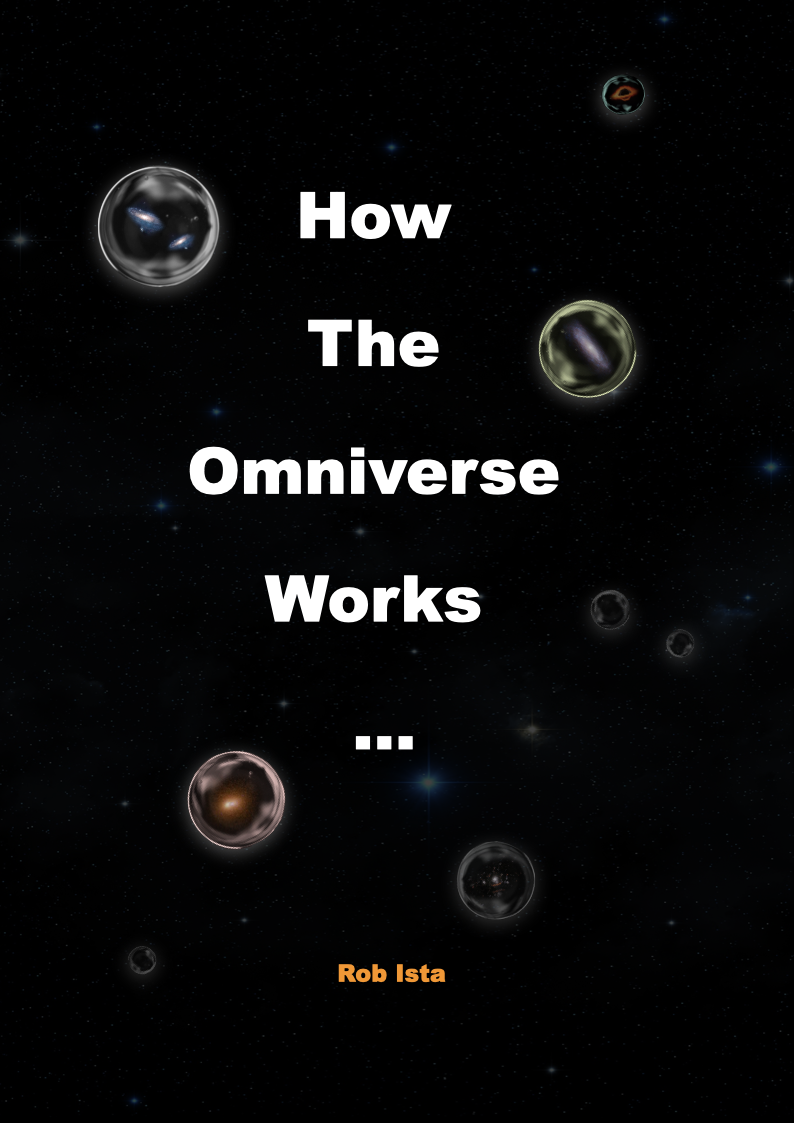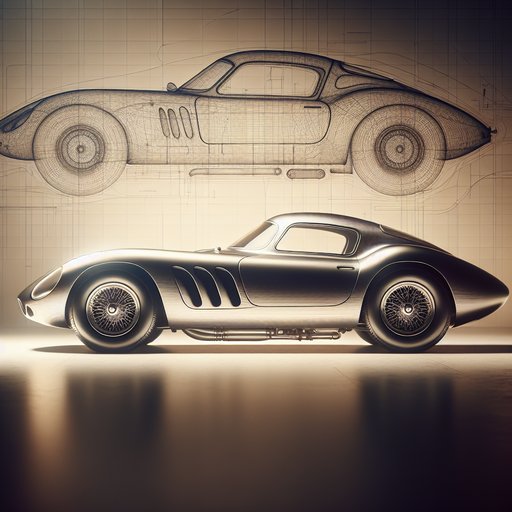
If you open a physics magazine or watch a science documentary, you’ll often hear a familiar refrain. The Universe, we’re told, began in a hot Big Bang, expanded and cooled, and is now driven by dark energy toward a lonely future. But just when the story gets most interesting, the experts lean back and say: “…but actually, we don’t know.”
This is no accident. Science has rules: if you can’t measure it, you shouldn’t claim it. That discipline keeps physics honest, but it also means that bold unifying ideas are often left hanging in the air, unnamed. Instead of one simple picture, we’re left with a patchwork: inflation, zero-point energy, dark matter, dark energy — each described separately, with an implicit “something deeper must connect these, but we can’t say what.”

Iconic is a word that bends under overuse, but some shapes refuse to let it collapse. The Porsche 911 has traced the same curve for six decades: a hood that falls away like a horizon, a roofline that arcs and slides, a tail that hints at the engine hiding behind the axle. This is not a legend told from barstools, but a history stamped in aluminum and magnesium, measured in rally stages, lap charts, and the steady hum of everyday commutes. Conceived in the early 1960s and constantly refined since, the 911 has endured shifting regulations, changing fuel, and new expectations for safety and efficiency. Its story is the persistence of an engineering idea—and the quiet stubbornness of a silhouette that keeps working.

In a port city ribboned with smoke and broken glass, two strangers learn the shape of each other’s breath in the minutes between alarms. He keeps the voices alive through wires and static; she packs a history into boxes and keeps it warm with her hands. While the war chews at the edges of everything they know, they find a small tree and a ritual to contain the quiet, and promise to share a single lemon when the noise finally relents.

A decade after the Chelyabinsk airburst underscored our vulnerability to space rocks, planetary defense has matured into a coordinated, global enterprise. Astronomers now scan the skies nightly to find and track near‑Earth objects, agencies practice response plans, and engineers test ways to nudge hazardous asteroids off course. The goal is pragmatic: detect threats early, characterize them quickly, and have credible options to mitigate impact risk. While the odds of a devastating strike remain low in any given year, the consequences are high enough that governments and scientists treat asteroid impacts and related cosmic hazards as a long‑term public safety challenge.























































